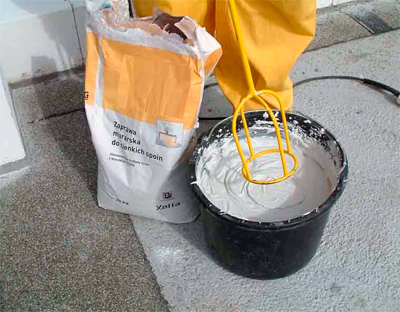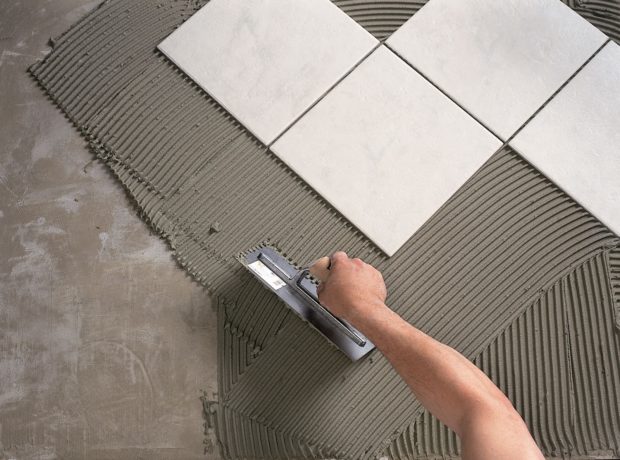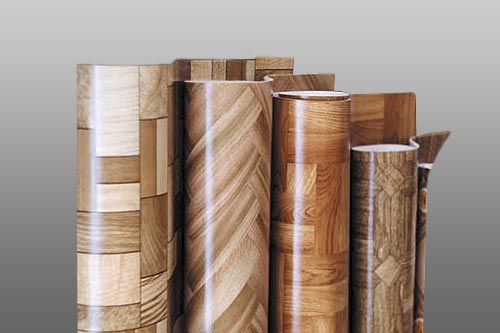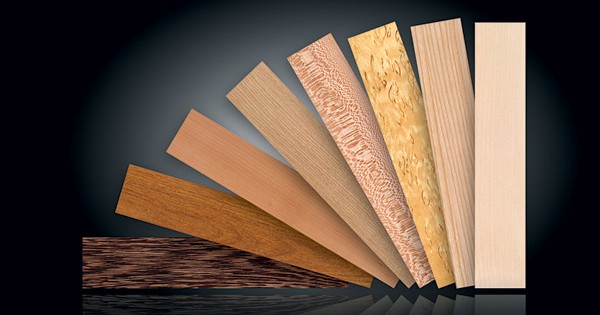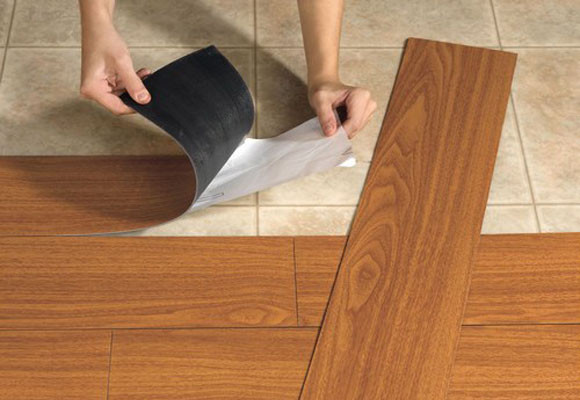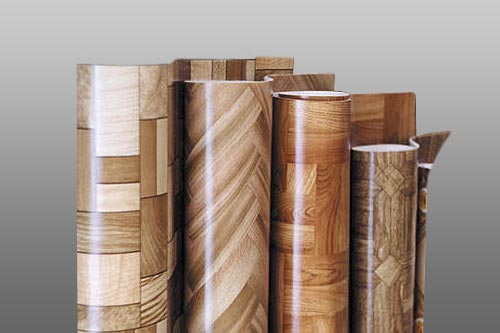5 tips for choosing glue for linoleum
The interior decoration of a house or apartment is always a difficult and time-consuming task, portending a lot of controversial issues, where it will be necessary to make certain decisions by virtue of interior design, practicality, or even, simply, the cost of certain materials.
And when it comes to floor coverings, then another such choice will make itself felt. In fact, there are a lot of options, but the most basic among modern ones can be considered laminate or ceramic tile. Parquet floors and linoleum flooring remained almost relics of the past, and yet today linoleum is used quite often.
Most of those who started the repair often (especially if it is not too large-scale) do it themselves or, under the strict guidance of “knowledgeable” relatives or acquaintances, and sometimes, without the help of specialists or even the Internet, do many things contrary to technology . And since it’s about linoleum, it is often possible to encounter the fact that some owners have nailed, someone has put on double-sided tape, and someone just sticks to it skirting boards around the perimeter.
Naturally, such an approach takes place to be, but all this is not very correct, since over time it can turn into a surface deformation and the appearance of unwanted bubbles and other distortions. For these reasons, it is best to lay linoleum on glue.
No. 1. The main types of glue
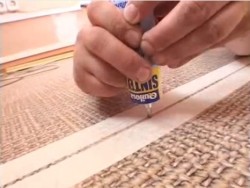 The most commonly used and, one might say, the main types of glue for linoleum are dispersion (water based) and reactionary (based on epoxy resin or polyurethane). But there is also a contact form of the adhesive mixture, which are applied to both surfaces, to provide a stronger adhesion between them.
The most commonly used and, one might say, the main types of glue for linoleum are dispersion (water based) and reactionary (based on epoxy resin or polyurethane). But there is also a contact form of the adhesive mixture, which are applied to both surfaces, to provide a stronger adhesion between them.
In order to understand which glue is best for you to use, let's look at each of them in a little more detail
Dispersion adhesive
This type of glue is considered more common and most often used. It is advisable to use it if gluing is done on concrete floorcement screed or wood flooring.
Also, if your choice fell on this type of glue, then you probably already know that it is not resistant to moisture, so the room where you are going to glue linoleum should be absolutely dry, and the temperature of the surfaces to be glued should not be less, than 15 degrees centigrade. The complete loss of its properties in glue begins below the mark of +5 degrees Celsius.
The composition of this glue is absolutely environmentally friendly, and, of course, it is acceptable for use in residential premises, and during operation it emits a faint, barely noticeable smell. In addition, it includes various additives like chalk and latex, acrylic and some other components. Also, this adhesive composition is more effective for use over the entire area of linoleum, since the fixing force is not too high.
Dispersion adhesive mixtures can be divided into several types:
- bustilate - it is used for gluing felt linoleum and is characterized by a rather high strength, also does not have a special unpleasant odor, and the drying time is about 24 hours;
- for reliable laying of linoleum from natural components is perfect humilax, which is made mainly of rubber and latex, can also be suitable for those types of linoleum, the first layer of which is felt or fabric;
- for industrial premises, offices, shops and others under constant load (implies high traffic and pressure exerted on the coating), a more elastic acrylate composition;
- fabric-based linoleum will hold best bituminous mastic, which is a bitumen-polymer composition that can show itself well in rooms with high humidity.
You can also highlight another type of dispersion glue, which is used extremely rarely, namely good conductivity adhesive. This glue is best suited for laying antistatic linoleum in rooms with a large number of electrical appliances.
Reaction glue
As noted above, this type of adhesive mixture is a complex chemical compound of polyurethane and epoxy that reacts with the coating, ensuring its strong connection with the base, and at the same time creating a durable and moisture-resistant intermediate layer.
Of course, this type of glue costs much more than dispersion glue, but its main disadvantage a fairly pungent odor may appear in the job. But it is great for linoleum on a fabric basis, and for industrial premises with high traffic.
Considering the fact that the reaction glue contains chemical components that are highly flammable, it is important to observe the absolute technique during the gluing and direct operation of the room fire safety.
But do not have any type of glue the benefits Before the previous one, it would hardly remain in the market of building materials and adhesive mixtures. And about moisture resistance, as one of these, we have already said, but its durability is also worth mentioning. The gluing process results in an absolutely tight and very durable joint.
Cold welding - This is another name that is widely distributed among builders and denotes the process of using reaction glue. According to its technology, which depends on the quality of the coating and the degree of fixation, it is divided into three types:
- type A - cold welding of this type is used for gluing linoleum at the joints, providing an almost invisible seam, since this is the most liquid adhesive of all three;
- type C - a much thicker glue, which is best suited for working with recycled linoleum, mainly to update the connection between the diverged edges, gently pulling them together due to its density;
- type T - It is used for joining PVC-based linoleum, which contains polyester.
No. 2. Costs
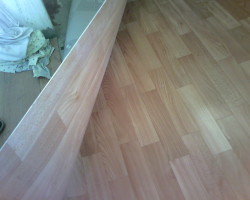 When choosing a particular adhesive composition, it is also important to correctly calculate the amount spent on gluing a certain amount of linoleum, which can most often be done simply by reading the instructions of the glue you have chosen. Often, all the necessary information along with the consumption of material can be found on the packaging itself.
When choosing a particular adhesive composition, it is also important to correctly calculate the amount spent on gluing a certain amount of linoleum, which can most often be done simply by reading the instructions of the glue you have chosen. Often, all the necessary information along with the consumption of material can be found on the packaging itself.
No. 3. Resistance to thermal and mechanical stress
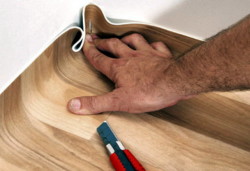 Also, when choosing glue for linoleum, take into account whether the indicators of glue resistance to various temperatures or its wear resistance in terms of pressure are important to you if, for example, you are going to glue linoleum in a “crowded” room, such as a store or office.
Also, when choosing glue for linoleum, take into account whether the indicators of glue resistance to various temperatures or its wear resistance in terms of pressure are important to you if, for example, you are going to glue linoleum in a “crowded” room, such as a store or office.
Number 4. Deformation reduction
 In order to increase adhesion and reduce the risk of bubbles, waves and other undesirable surface distortions, it is strongly recommended to roll the entire linoleum after gluing.Another reason for this action may be such an important point, as getting rid of the possible formation of air bubbles under the material, which can often be observed when working with sticking film.
In order to increase adhesion and reduce the risk of bubbles, waves and other undesirable surface distortions, it is strongly recommended to roll the entire linoleum after gluing.Another reason for this action may be such an important point, as getting rid of the possible formation of air bubbles under the material, which can often be observed when working with sticking film.
No. 5. Types and technologies of sticking
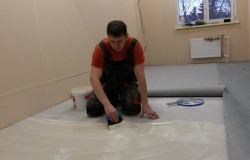 After you have decided on the choice of linoleum and glue suitable for it in all respects, it is important to understand which types of gluing and how you will have to deal with it, especially if you plan to carry out all the work yourself, without special or sufficient skills.
After you have decided on the choice of linoleum and glue suitable for it in all respects, it is important to understand which types of gluing and how you will have to deal with it, especially if you plan to carry out all the work yourself, without special or sufficient skills.
Joining joints
Features of cold welding
A similar method is best suited for working with domestic and semi-commercial linoleum, and is performed with the following sequence:
- lay the coating on the base and glue;
- glue the masking tape at the joints, cutting it along the seam;
- squeeze the glue from the tube into the groove, evenly distributing it along the entire length;
- after drying, remove the masking tape and carefully remove the excess.
Hot welding
The joints glued using this technology in the end are much stronger and more durable compared to the cold welding method, but the work process itself is a bit more complicated.
Hot welding is often used in rooms with increased traffic and a load on the coating itself.
To work on this method you will need: a special polymer cord, industrial dryer with nozzles and a knife for cutting linoleum.
The work is performed in the following order:
- cut the seam with a knife to the full depth and clean the edges of the paintings well;
- turn on the industrial dryer and set the temperature to 350 degrees Celsius;
- insert a piece of polymer cord into the nozzle and press the hairdryer nozzle over the seam, after a few seconds uniform and smooth movement of the hairdryer along the seam;
- if necessary, so that when melting the cord evenly fills the groove, you can lower the speed of the hair dryer and increase the temperature, etc .;
- Upon completion of the procedure, excess cord will need to be removed by cutting with a sickle-shaped knife.
Sticking linoleum on concrete
 Before you start sticking on concrete floorOf course, you have to calculate the required amount of material and prepare it. For greater safety, you can leave approximately 10 cm on each side in reserve.
Before you start sticking on concrete floorOf course, you have to calculate the required amount of material and prepare it. For greater safety, you can leave approximately 10 cm on each side in reserve.
The first step in the work will be the preparation of the surface, that is, the concrete base, for laying:
- thorough cleaning of floors from debris, dirt and other small objects;
- degreasing of the surface;
- if minor external defects are present on the concrete floor, it will be quite sufficient to treat the surface primer or putty;
- if after the final check the height difference is more than 2 cm, then it will be necessary to fill in a new concrete screed, which, of course, will have to be carefully aligned and left to dry for a couple of weeks.
After all the preparations, it will be possible to start laying linoleum, for which you will need the coating itself, the selected glue, putty knife, construction knife and roller.
For a more reliable fixation, the following steps should be performed step by step:
- flatten linoleum, after lining it on the floor, and dock if there is a certain pattern on it;
- bend the edge of the strip and carefully apply glue to the floor under it, leveling it with a spatula and return the coating to its place, firmly pressing it;
- repeat the previous action as you move, and at the end allow the glue to dry, which usually takes about several days until it dries completely.

